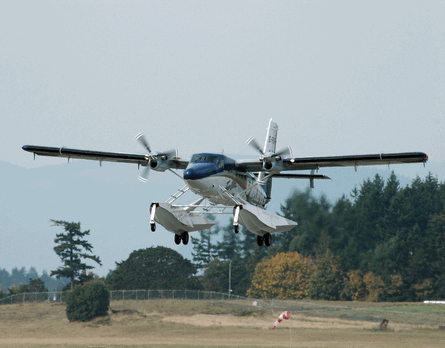Viking Air has added Russia and Libya as international customers for its new and improved Twin Otter turboprop, set for first certification later this year. In line with the company's business plan - production for attrition - both countries are purchasing the $3.9 million aircraft to replace existing Twin Otters.
Robert Mauracher, vice-president of business development for Vancouver-based Viking Air, says the two initial orders from Russia are for replacement aircraft for the country's Siberian market while the Libyan aircraft will work in the African country's oil and gas industry - a large user of Twin Otter 200 and 300 series aircraft, almost a dozen of which are "parked", says Mauracher. Produced between 1965 and 1988, about 600 Twin Otter aircraft continue to fly in revenue service around the world.
 |
|---|
© Viking Air |
After achieving Transport Canada certification later this year, followed by European approval about a month later, Viking plans to begin delivering as many as five aircraft this year. By 2012, the company plans to reach a steady-state production rate of 24 aircraft a year. "Our business plan is based on a low production rate," says Mauracher, "feeding the attrition rate that's out there."
US Federal Aviation Administration certification is planned for late in 2010, a lag based on a limited number of orders from the USA. Mauracher says seven of the more than 40 orders for the aircraft are from the country. Viking reports a total of $177 million in backlog for the 400.
Technical issues with the aircraft's Honeywell Primus Apex integrated flight deck were responsible for a slip in the certification date from July, says Mauracher. Difficulties centred on data acquisition units used to convert more than 200 of the aircraft's traditional analogue control signals to digital. Mauracher says the conforming aircraft is now flying again.
Source: Flight International























